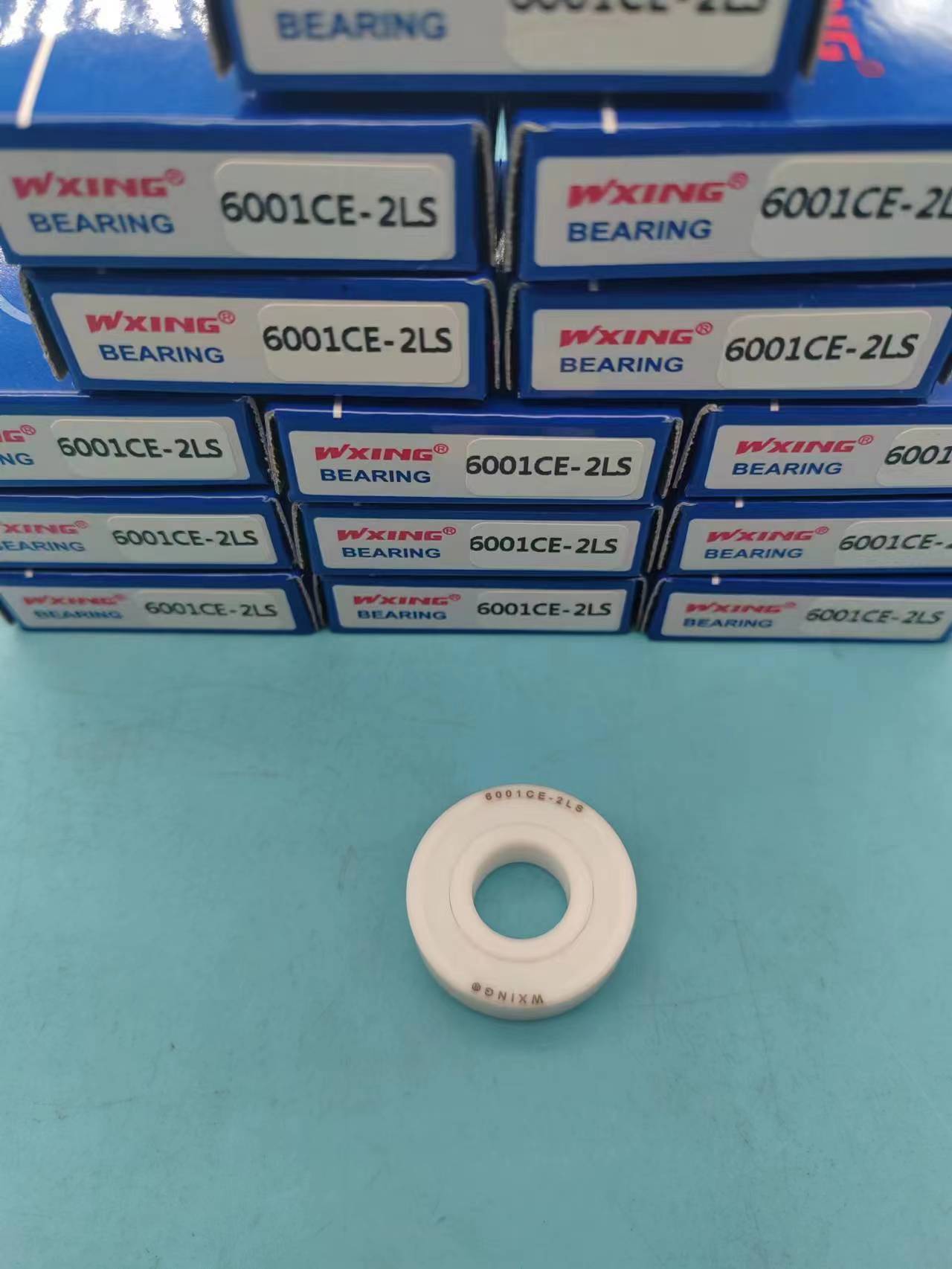CONTACT US
Zhejiang waxing electromechanical co.LTD.,Factory located in Shandong,Headquarters located in Zhejiang,China.
Antimagnetic bearings are special bearings made of non-magnetic materials such as beryllium bronze (low load carrying capacity) and ceramics. This kind of bearing has good mechanical, physical and chemical comprehensive properties. After quenching and tempering, it has high strength, hardness, elasticity and wear resistance. It has excellent corrosion resistance in the atmosphere, fresh water and sea water. Antimagnetic bearings can avoid the harm to bearings caused by magnetic fields or the earth's magnetic field, prevent the bearings from being magnetized, and stabilize the friction torque of the bearings, thereby ensuring the accuracy of the bearings. This kind of bearing is usually used in some guidance systems and some instrument equipment that require high coordination to ensure their normal operation.
 In addition, there is a self-lubricating bearing, which is usually made of stainless steel bearings. Ceramic materials have high performance requirements, and the retaining frame is sintered with lubricating materials and base materials (powder). Ceramic bearings are used in harsh environments such as high speed, high temperature, low temperature, strong magnetic field, vacuum, and high pressure. They have high load-bearing capacity, small friction coefficient, long life, and can achieve self-lubrication.
In addition, there is a self-lubricating bearing, which is usually made of stainless steel bearings. Ceramic materials have high performance requirements, and the retaining frame is sintered with lubricating materials and base materials (powder). Ceramic bearings are used in harsh environments such as high speed, high temperature, low temperature, strong magnetic field, vacuum, and high pressure. They have high load-bearing capacity, small friction coefficient, long life, and can achieve self-lubrication.
There are significant differences in materials, applications and characteristics between antimagnetic and self-lubricating bearings.
Antimagnetic bearings are made of non-magnetic materials such as beryllium bronze (low load carrying capacity) and ceramics. This type of bearing is designed to avoid damage to the bearing from magnetic fields or the earth's magnetic field and prevent the bearing from being magnetized. Antimagnetic bearings can stabilize the friction torque of the bearings, thereby ensuring the accuracy of the bearings. They are usually used in guidance systems and some instrumentation equipment that require high coordination to ensure their normal operation.
Self-lubricating bearings are usually made of stainless steel bearings. Ceramic materials have high performance requirements, and the retaining frame is made of lubricating materials and base materials (powder) sintered. Ceramic bearings are widely used in harsh environments such as high speed, high temperature, low temperature, strong magnetic field, vacuum, and high pressure. They have the advantages of high load-bearing capacity, small friction coefficient, long life, and can achieve self-lubrication.
Antimagnetic bearings mainly focus on avoiding the influence of magnetic fields and maintaining usage accuracy, while self-lubricating bearings focus more on wear resistance and self-lubricating performance in harsh environments. When selecting bearings, consideration needs to be given to the specific working environment and mechanical needs.
Copyright © 2025 Zhejiang waxing electromechanical co.LTD. | All Rights Reserved Design
Hello, please leave your name email or WhatsApp here before chat online so that we won't miss your message and contact you smoothly.